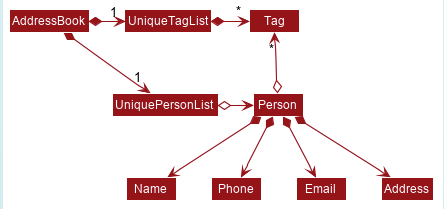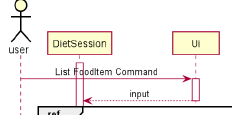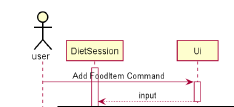Team's Response
Thank you for the suggestion. However, we do not think that it is a bug. In the developer guide for address book 3, there is no class or object diagram as well. Following the standard of ab3, we include only sequence diagrams for commands, which is more important.
Items for the Tester to Verify
:question: Issue response
Team chose [response.Rejected]
- [x] I disagree
Reason for disagreement: AddressBook3 does include class diagrams, examples of which are shown below.


In addition, the team's program is probably more complex than AddressBook3, which further necessitates the use of properly illustrated class/object diagrams. In the DG, the lack of class diagrams hinders understanding of the structure of the program as well as how components interact; any class diagrams that are present are also very brief and even confusing (i.e. isolated components with no arrows pointing to or from it).
The use of sequence diagrams are important, yes, but they are overused, and with some repetitive details. For instance, the screenshots below are taken from 3 separate sequence diagrams, yet include details that should have been shown once and then omitted. The inclusion of every single step makes the diagram unnecessarily long and, as mentioned ealier, labourous to read through. This issue is present in varying degrees in almost all of the sequence diagrams, for example the "execute(), loadData(), profile" sequence in the ProfileSession sequence diagrams.






The lack of class/object diagrams makes the relationship between component unclear.
In addition, not every explanation needs a sequence diagram. Too many sequence diagrams makes DG very laborous to read through.